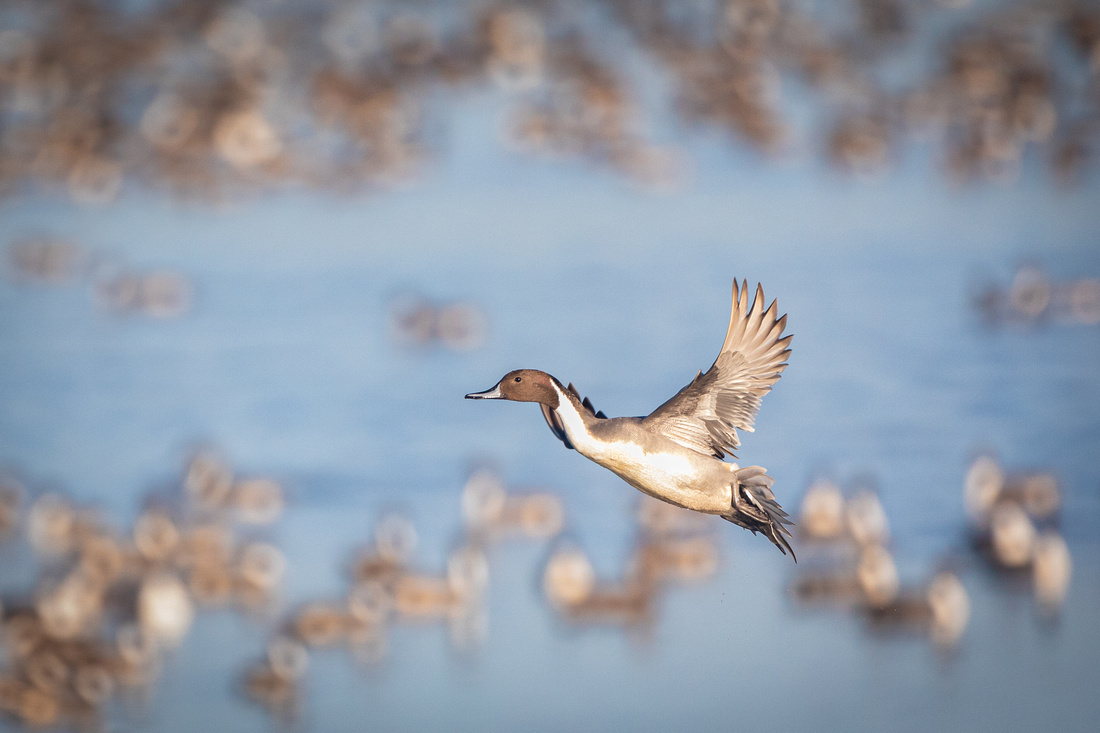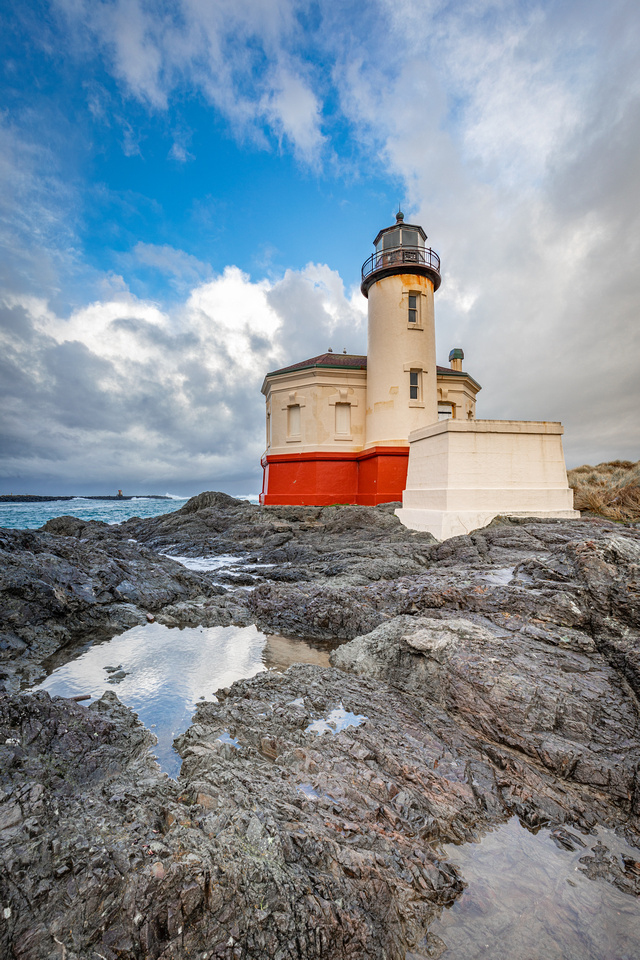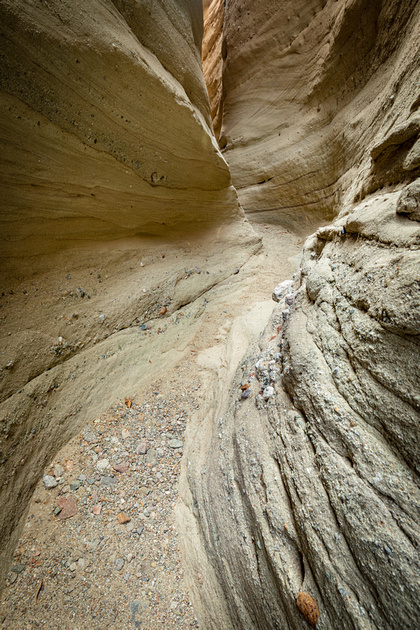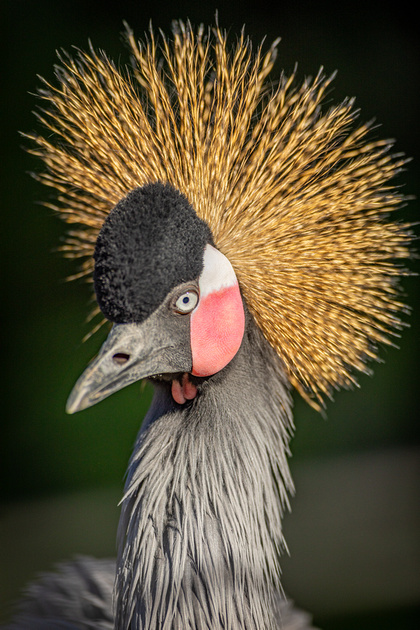Photography 101
Text and photos by Heather Cline
There is a good chance that sometime over the next week, you or someone you know is going to score a sweet new camera. I'm already a little jealous. The technology embedded in the latest cameras can help you produce amazing results but they can't do everything for you. A camera is a tool and like any tool, you should understand how to use it so you can get the most out of it.
 
Cathedral Rocks, Yosemite National Park |
This article is an introductory into photography basics, covering aperture, shutter speed, ISO, and the resulting exposure triangle.
Aperture
Aperture can be thought of as a window that lets light into your lens. While the mechanics of the camera that allow this to happen is complex, the concept is pretty straightforward. The aperture in the camera can open and close based on the setting selected. If we pretend this window has curtains, you can adjust the window (aperture) to let more or less light reach the camera sensor.
Aperture serves a couple different functions: First, because it controls the amount of light coming into the camera, it allows the photographer to choose an aperture that corresponds with the shutter speed and ISO to achieve a correct exposure, which is necessary to produce technical excellence in your photography. Second, it controls the depth of field. Depth of field is the level of sharpness in front of and behind the plane of focus. This is all about creativity and the reason it is important to understand how this works is because you can then control the creative output.
This is an oversimplification, but you generally want deep depth of field for images where you need everything in focus, like a landscape photo. In contrast, you want shallow depth of field when you need to blur out the background or surroundings, like a portrait.
|
Calcite Mine Slot Canyon shot at f/16 for sharpness front to back |
Black Crowned Crane shot at f/4 for a blurred background |
The aperture is represented in numbers, also called f-stops. It seems counterintuitive, but the larger the number, the smaller the f-stop (aperture/window) and the smaller the number, the larger the f-stop (aperture/window). Every lens has a limit for the minimum and maximum apertures it supports.
Here are some examples of f/stops: f/1.4, f/2.8, f/4, f/5.6, f/8, f/11, f/16
Shutter Speed
Shutter speed is a measure of how long the camera's shutter is open when you take a photograph. A good analogy is shutters on a window that control how much light can be let in. Before digital photography, shutter speed dictated how long the film was exposed to light. The longer (aka: slower) the shutter speed, more light hit the film, resulting in lighter images. In contrast, the shorter (aka: faster) the shutter speed, less light hit the film, resulting in darker images. Today, shutter speed refers to how long light is exposed to the sensor in your digital camera, but the same rules apply. Shutter speed is measured in seconds, or fractions of seconds.
Aperture and shutter speed work together. The aperture determines the amount of light that’s coming through the lens, while the shutter determines the length of time the sensor will be exposed to that light.
 
Pintail Duck in flight shot at 1/8000 second |
Hand held vs Tripod
Today's image stabilization technology allows you to hand hold your camera at longer and longer shutter speeds while still retaining good results, but the traditional rule was always to stick to a shutter speed not longer than the focal length of your lens. For example, if you are shooting an image with a 300 mm lens, you want to keep your shutter speed at less than 1/300th of a second. Anything slower than this, and you will want to use a tripod to prevent camera shake.
 
Blue Heron with fish at 300mm focal length shot at 1/100 second - on a tripod |
Composition
Shutter speed is a key factor in exposure and composition. Your camera's meter can help you determine the correct exposure but only you can determine what type of composition you are going for. A fast shutter speed will freeze objects or motion and a a slow shutter speed will record the movement, resulting in blur. The desired outcome is entirely up to you. Do you want to freeze the motion of your subject? If yes, you want to use a fast shutter speed. If you want to blur motion, you will want to select a slower shutter speed.
|
Geyser shot at 1/640 sec (fast shutter speed to freeze motion) |
Truckee River shot at 4 sec (slow shutter speed to blur motion) |
ISO
ISO is essentially the film or digital camera's sensitivity to light. The higher the ISO, the more sensitive it is to light, and therefore less light is needed to produce a properly exposed image. In contrast, the lower the ISO, the less sensitive it is to light, requiring more light. What does ISO do?
ISO doesn't really control anything in terms of creativity, such as aperture controlling depth of field and shutter speed controlling motion. What ISO does is enable you to change the aperture and/or shutter speed. Adjusting ISO to allow for a faster shutter speed is probably the most common reasons to do it. For example, if you want to capture a bird in flight, a fast shutter speed is needed, not fast like 1/100th of a second - fast like 1/1000th of a second.
 
Bandon Lighthouse at ISO 100 |
When should you change the ISO?
For the most part, you should set the ISO at the lowest native ISO for your camera (likely 100) and leave it, unless. . .
- You want to freeze action (wildlife, sports, etc.)
- You are shooting at night and want to capture pin point stars, such as the Milky Way
 
Pine trees at night at ISO 3200 |
Trade-offs
With increased ISO comes increased grain in the image. Newer cameras are getting better and better, but there is still a trade-off to get that increased sensitivity to light just as there was with higher ISO film. So - when you can shoot at lower shutter speeds, do so, but don't be afraid to turn it up if it means getting the shot.
 
Tiger at 800 ISO (Handheld at 1/500 second) |
Exposure Triangle
I mentioned the triad of Aperture, Shutter Speed, and ISO above. These all have an impact on each other so I thought I would provide a visual of how these all relate to each other.
I hope this article has given you an introduction into the basics of photography. If you want to take a step deeper into what is possible, check out my post on the Zone System for photography.




